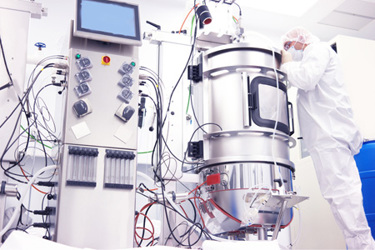How To Achieve Consistent Quality With CO2 Sensing In Bioreactor Applications
By Apurv Puri, Principal Consultant, Pharmatech Associates

In biologics, viral vector, and cell therapy products, CO2 levels can impact metabolic fluxes responsible for driving productivities of cell systems and specific growth rates. CO2 is a process parameter directly linked to cell health, specific growth rates, metabolic states, and driving productivities of cell systems, and inconsistent CO2 levels can lead to a potentially adverse safety and efficacy risk profile in drug products.
Consequently, adequately dissolved CO2 is paramount for the health of cultured cells, and measuring dissolved CO2 is instrumental to ensuring that cultured cells provide consistent quality of therapeutic product. Measurement of dissolved CO2 is typically conducted by exploiting the equilibrium with water or by exploiting its ability to emit and absorb electromagnetic waves in the infrared spectrum. Examine the technologies underpinning the current sensors being utilized in measurement devices today and how to determine which sensors are most appropriate for your application.
Get unlimited access to:
Enter your credentials below to log in. Not yet a member of Cell & Gene? Subscribe today.
